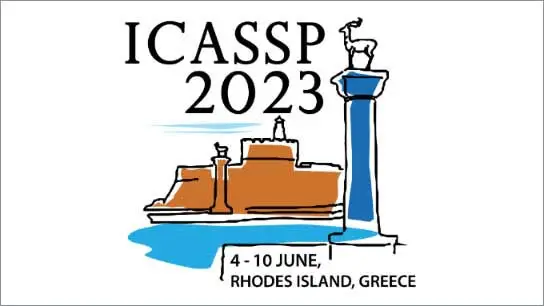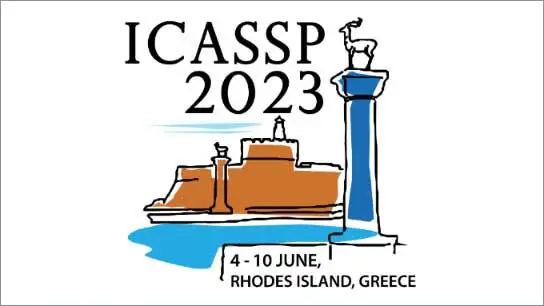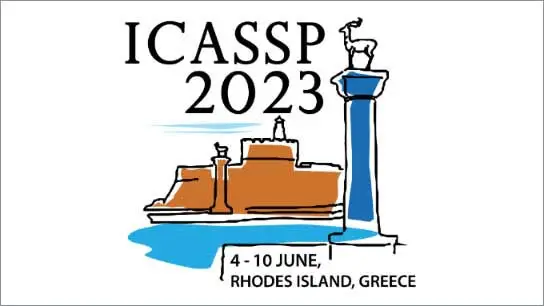Semantic Memory Guided Image Representation for Polyp Segmentation
Zijin Yin (Beijing University of Posts and Telecommunications); Runpu Wei (Beijing University of Posts and Telecommunications); Kongming Liang (Beijing University of Posts and Telecommunications); Yiyang Lin (Beijing University of Posts and Telecommunications); Wei Liu (Beijing University of Posts and Telecommunications); Zhanyu Ma (Beijing University of Posts and Telecommunications); Min Min (The Fifth Medical Center of Chinese PLA General Hospital); Jun Guo (Beijing University of Posts and Telecommunications)
-
Members: FreeSPS
IEEE Members: $11.00
Non-members: $15.00
06 Jun 2023
Polyp segmentation is important in the early diagnosis and treatment of colorectal cancer. Since polyps vary in shape, size, color, and texture, accurate polyp segmentation is very challenging. One promising solution is to model the contextual relation for each pixel. However, previous methods only focus on learning the dependencies between the position within an individual image and ignore the contextual relation across different images. In this paper, we propose a memory-based feature enhancement module to capture the cross-image contextual relations. Specifically, we first present a polyp-centric representation. Then a semantic memory is designed to extract the polyp prototypes across different images. The feature at one position can be further enhanced by the contextual embeddings stored in the semantic memory. The enhanced feature is propagated into the features of the previous levels as the multi-scale guidance. The experimental results show that our method achieves better performance than other state-of-the-art methods.



